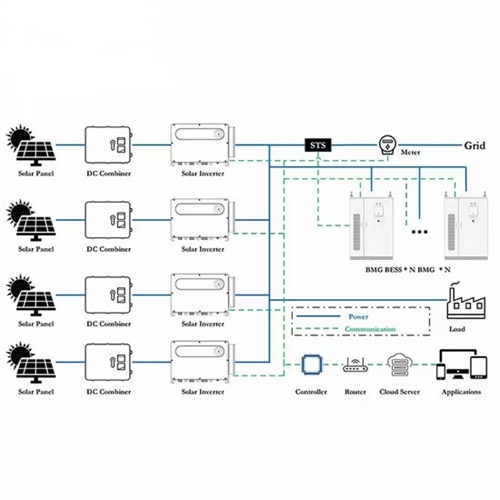About Solar system earth information
The name Earth is at least 1,000 years old. All of the planets, except for Earth, were named after Greek and Roman gods and goddesses. However, the name Earth is a Germanic word, which simply means “t.
Earth has a very hospitable temperature and mix of chemicals that have made life abundant.
With a radius of 3,959 miles (6,371 kilometers), Earth is the biggest of the terrestrial planets and the fifth largest planet overall. From an average distance of 93 million mile.
As Earth orbits the Sun, it completes one rotation every 23.9 hours. It takes 365.25 days to complete one trip around the Sun. That extra quarter of a day presents a challenge t.
Astronomers sometimes divide the Solar System structure into separate regions. Theincludes Mercury, Venus, Earth, Mars, and the bodies in the . Theincludes Jupiter, Saturn, Uranus, Neptune, and the bodies in the .Since the discovery of the Kuiper belt, the outermost parts of the Solar System are considered a distinct.
Earth is the thirdfrom theand the onlyknown to . This is enabled by Earth being an , the only one in thesustaining liquid . Almost all of Earth's water is contained in its global ocean, coveringof . The remaining 29.2% of Earth's crust is land, most of which is located in the form of Earth is the third planet from the Sun and the only place in the known universe confirmed to host life1. It formed about 4.5 billion years ago when gravity pulled swirling gas and dust in to become the third planet from the Sun2. Earth is the fifth-largest planet in our Solar System13. It has a central core, a rocky mantle, and a solid crust2. Earth is the only planet not named after a god4. It has a powerful magnetic field4.
As the photovoltaic (PV) industry continues to evolve, advancements in Solar system earth information have become critical to optimizing the utilization of renewable energy sources. From innovative battery technologies to intelligent energy management systems, these solutions are transforming the way we store and distribute solar-generated electricity.
When you're looking for the latest and most efficient Solar system earth information for your PV project, our website offers a comprehensive selection of cutting-edge products designed to meet your specific requirements. Whether you're a renewable energy developer, utility company, or commercial enterprise looking to reduce your carbon footprint, we have the solutions to help you harness the full potential of solar energy.
By interacting with our online customer service, you'll gain a deep understanding of the various Solar system earth information featured in our extensive catalog, such as high-efficiency storage batteries and intelligent energy management systems, and how they work together to provide a stable and reliable power supply for your PV projects.
Related Contents
- How much solar energy hits the earth in one hour
- Solar system mars information
- Information about solar panel
- Solar energy hitting earth per day
- 240mw texas solar project 7x energy blue earth
- Is earth the third largest planet in our solar system
- Nearest planet to earth outside solar system
- How old is the solar system and earth
- Civic solar company information
- Is earth the biggest planet in the solar system
- Are solar panels bad for the earth
- How much solar energy reaches the earth s surface


